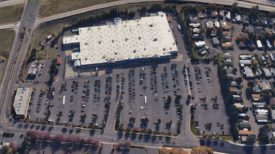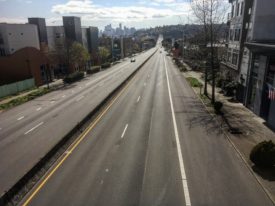 I feel like such a grump pointing this out, but this Seattle Timesarticle makes a big deal out of an irrelevancy. And in the process, it misses a larger and more important point.
I feel like such a grump pointing this out, but this Seattle Timesarticle makes a big deal out of an irrelevancy. And in the process, it misses a larger and more important point.
As the story notes, preliminary figures show that Washington state has nominally regained all of the jobs lost during the most recent statewide recession. From the start of the recession in December 2000, through the recession’s end in June 2003, the state lost 81,200 jobs. But since that trough the state has added 82,000 jobs.
In one way of looking at things, that amounts to more than a full recovery. Only it’s not. Over the same period—December 2000 through December 2004—the state added somewhere around 280,000 new residents. So reaching the same level of employment as at the start of the last recession means that we’re still significantly behind where we were…and that the article is celebrating an empty milestone.
Here’s a graph that makes the point more clearly: the share of Washington residents who are employed showed a slight uptick in 2004. The employment to population ratio can be a more sensitive measure than unemployment rates, since it includes discouraged workers, reluctant early retirees, and the like. It’s not all bad news, obviously. But the return to pre-recessionary employment levels is mostly an artifact of population growth, and only to a lesser extent a sign of an improving economy.

The more important trend, it seems to me, is that the state is continuing to trade jobs in the manufacturing sector (historically a source of high-paying middle class employment) for jobs in the service sector (which includes both upper-income and low-paying jobs, from lawyers to receptionists). This isn’t really news, since it’s a continuation of a longer-term pattern that is linked to economic globalization and massive gains in productivity in the manufacturing sector. But for Washington’s workers it’s still a troublesome sign, as it points to a workforce that can find fewer and fewer opportunities for jobs that pay what used to be considered good middle-class wages.







